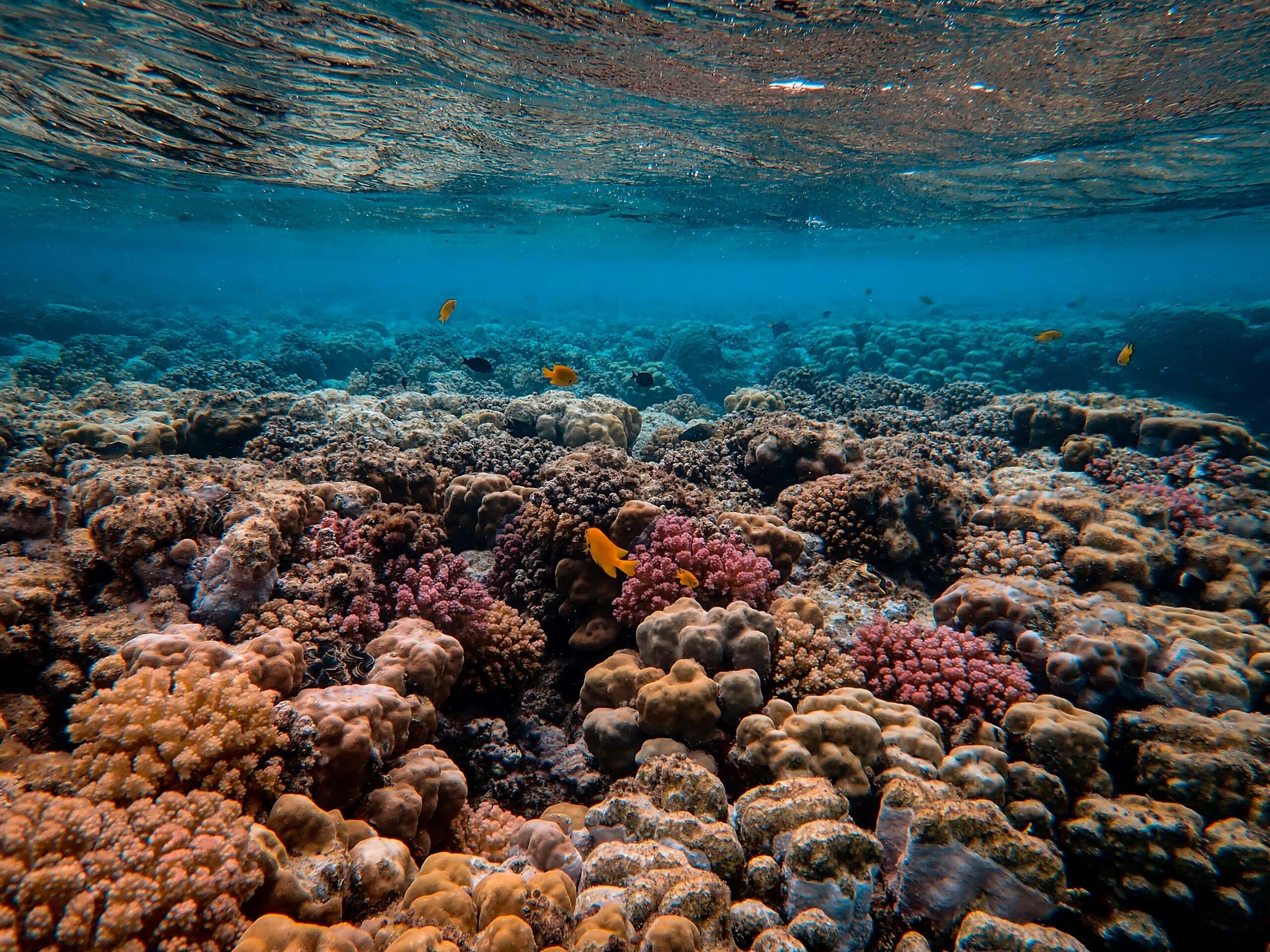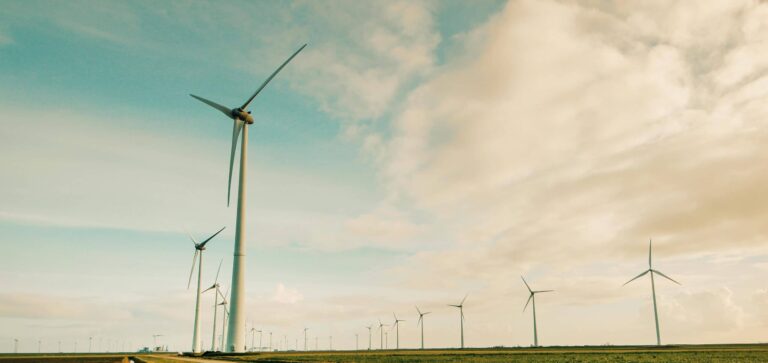Australia’s seas are clocking scary-high warming levels, placing corals in grave danger—each half degree of ocean heating brings our corals closer to bleaching and potential death. While slashing greenhouse gas emissions is the long game, we need immediate measures to beef up coral resilience, especially for boulder corals—our sea’s ancient, hefty heroes that could help reefs survive in a warmer world. So, while my scientists are studying and mapping these titans, remember the clock’s ticking and we need to act ASAP—our corals can’t afford to wait!
Feeling the Heat: Australia’s Sea Warms with Dire Consequences
This month, the seas around Australia reached a shocking level of warmth, following severe marine heatwaves during the northern summer. This heat is particularly threatening for corals, as even a half-degree rise can enhance their bleaching risk, potentially leading to death.
To save our coral reefs, we need to reduce greenhouse gas emissions. However, it’s equally important to fortify corals and safeguard the susceptible ones, especially boulder corals, which have shown resilience and will play a crucial role in our reefs’ survival.
The Old-Growth Trees of the Sea
Porites, commonly known as boulder corals, are impressive – they can grow over 10M high and live beyond 600 years. These corals play a crucial role in the ecosystem, providing habitat for marine life, and they can sustain these functions even when other coral species disappear.
Interestingly, boulder corals are believed to be resistant to stress, showing resilience during past warming episodes. For example, a 400-year-old coral on the Great Barrier Reef has survived 80 major cyclones, bleaching events, and other threats. As such, these corals can contribute to the entire reef ecosystem’s resilience.
Prepping for Future Challenges
Knowledge about boulder corals is critical to protect them and prepare for climate change challenges. We’ve yet to learn a lot about them, including the number of species, their life histories, and how they evolved. Scientists hope to address these knowledge gaps by studying various Australian reefs, with a focus on the boulder corals of Ningaloo Reef, Western Australia.
Work is being done to map out different species of boulder corals, their locations, their tolerance to heating and their reproductive cycles using cutting-edge genomics technology. Scientists are also investigating the corals’ symbiotic relationship with algae, which could be a crucial factor in their resistance to warmer temperatures.
Through this research, scientists aim to inform local community management actions, such as public education campaigns, managing visitor numbers to reefs, and minimizing harm from boat anchoring, especially during coral spawning. Furthermore, our findings could contribute to broader management actions, including establishing “baseline” conditions, zoning decisions, impact assessments after heatwaves, and the development of national reef management plans.
A Fight Worth Fighting
The recent marine heatwaves intensify the damage incurred over decades to corals. Making reefs more resilient to these pressures involves improving governance structures and preparing surrounding areas for changes. It’s important to include surrounding communities in the protection and co-management of these reef areas.
The Australian Coral Reef Society recently released an open letter to the federal government, urging for action on climate change to protect reefs. The time to act is now – we still have a lot of reef worth saving.
Original Story at theconversation.com





